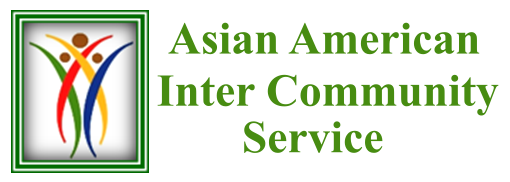The Melting Pot
America is a country of immigrants and considered to be a land of opportunities for all. It has been a preferred country for Immigrants from all over the world, who have journeyed to realize the American Dream, raise their children to lead a healthier and prosperous future. This country is still in the melting pot of culture as more ethnic groups have arrived, and are making it their homeland thus bringing with them a rich mix of culture, religion, social values, superstitions as well as brain and muscle power. In cities and towns across the country where there have been concentrations of immigrants, a profound change is in the making with regard to culture, social values, language of effective communication, economics and so on. According to experts it takes two to three generations for a full integration into the American fabric.
Minorities
From time to time government and private organizations have carried out surveys to establish the proportion of immigrants in a state or in the country, and there have been an increased focus on other associated parameters like – languages spoken at home, religious diversity, health, housing and job issues. These studies have led to the recognition that the language barrier for the first generation immigrant from certain countries is a major barrier to access to basic health care and health education for the prevention of diseases. Depending upon the country of origin of the immigrant or the mother language the degree of severity of the language barrier seems to vary. A big part of these groups of people have traditionally been termed as the “minorities”. The minorities are seen as a diverse array of ethnic groups like the African Americans, the Hispanics, Asian and Pacific Islanders, Africans, Middle Eastern, Caribbean and most recently the LGBT population recognized as an emerging group with an identity. The nature of immigration and the causes may have been different but all are now in the same boat of ‘minorities’. According the Census Bureau about 20% of the work force in the US have limited English. Further, people with limited English have increased 2,5 times compared to 1980.
Barriers
Research and surveys have established that other than the language barrier the susceptibility to certain illnesses are linked to geographical factors like the country of origin (Hepatitis B, certain types of cancers) and also to genes. Medically it is established that a similar dose of drug for a specific illness administered to two different groups may have differing efficiency. At the same time social, cultural stigma and superstition associated with illnesses like behavioral health have resulted in disproportionate recorded data on treatments given to immigrants as the affected people are hesitant to come out and seek treatment fearing shame and harassment from family and friends.
Silence
A major cause of disparity in certain ethnic groups is “silence” which is often overlooked or not understood and the end symptoms are considered to be the main issue. A chain of events may lead to a health issue as the end symptom – for example a loss of a job – which can result in loss of health insurance – loss of income – move to cheaper localities with unhealthy ambient to bring up children – children go untreated – depression sets into the family and affects children – which leads to further aggravation of health, mental health and other social-economic issues. The minorities are more susceptible to such situations.
Equity
How do we establish equity? At the Federal, State and Local government levels funds have been available to work on such issues. Many Foundations and Charities have made funds available. Community, Ethnic and Faith based organizations have come forward to partner with all these institutions thus serving as the vital bridges between communities and the providers.The 2013 American Home Survey results indicate that the traditional minorities in Montgomery County in the State of Maryland have become the majority, however the overall needs of this new majority continue to be the same – at the same time the diversity within this minority majority group highlights the fact that their needs may not all be the same.
